Home>Furniture & Design>Outdoor Furniture>How Does An Outdoor Wood Boiler Work
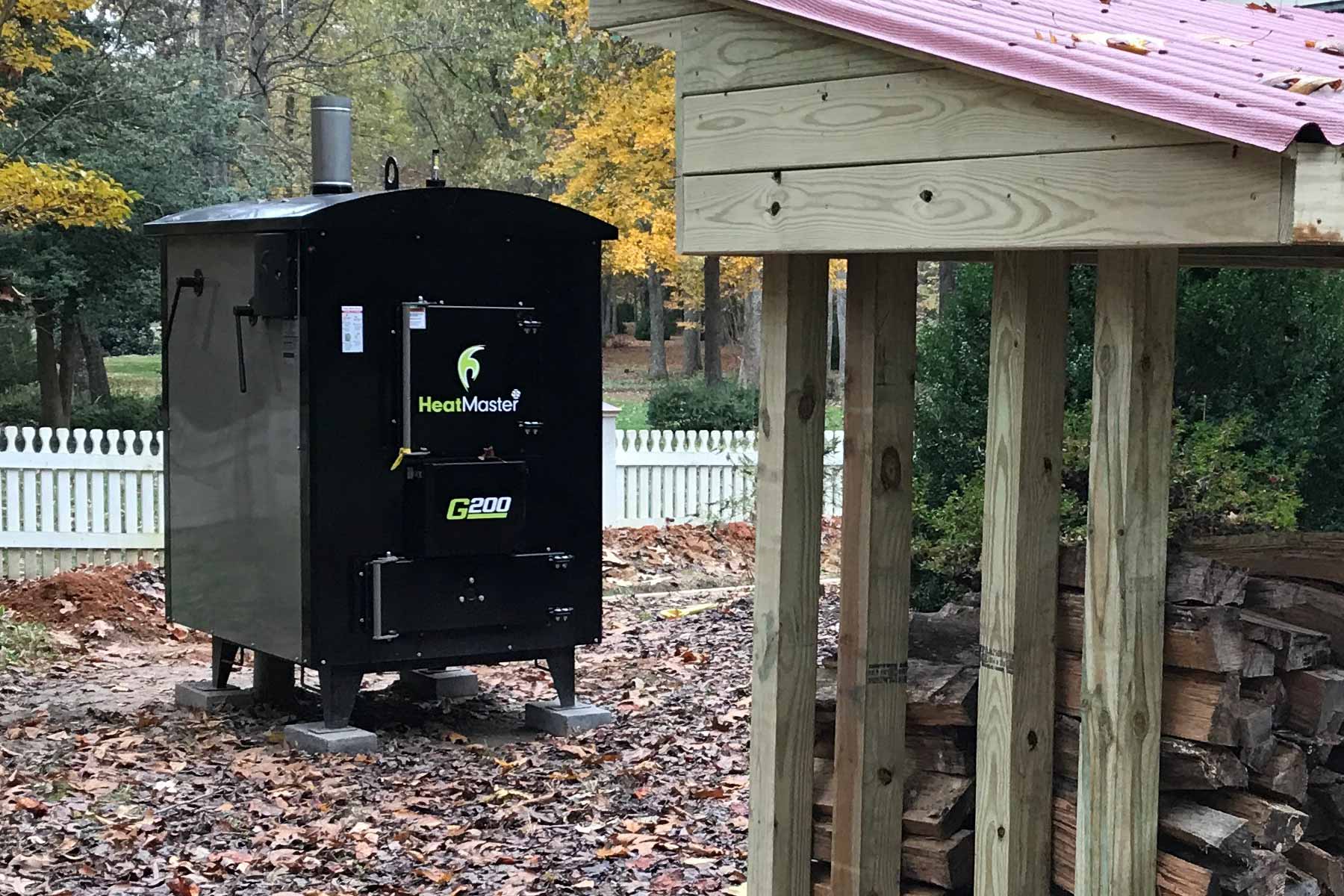

Outdoor Furniture
How Does An Outdoor Wood Boiler Work
Modified: August 22, 2024
Learn how outdoor wood boilers work and how they can efficiently heat your home while saving on energy costs. Explore the benefits and design options for outdoor furniture.
(Many of the links in this article redirect to a specific reviewed product. Your purchase of these products through affiliate links helps to generate commission for Storables.com, at no extra cost. Learn more)
Introduction
When it comes to heating your home or business, an outdoor wood boiler offers a sustainable and efficient solution. This innovative heating system harnesses the power of wood as a renewable energy source, providing warmth while minimizing environmental impact. In this article, we will delve into the inner workings of outdoor wood boilers, exploring their components, combustion process, heat distribution, efficiency, maintenance, and safety considerations.
Outdoor wood boilers, also known as outdoor wood furnaces, are gaining popularity due to their ability to utilize wood, a readily available and renewable fuel source. These boilers are designed to operate outdoors, typically located a short distance from the main building they are intended to heat. By burning wood to generate heat, these systems offer an environmentally friendly alternative to traditional heating methods, such as oil or gas furnaces.
As we embark on this exploration of outdoor wood boilers, we will uncover the intricate mechanisms that enable these systems to efficiently produce and distribute heat. Additionally, we will discuss the environmental implications of using wood as a fuel source and the measures that can be taken to ensure the safe and effective operation of outdoor wood boilers. Join us on this journey to gain a comprehensive understanding of how outdoor wood boilers work and the benefits they offer.
Key Takeaways:
- Outdoor wood boilers efficiently harness wood energy to provide sustainable warmth, minimizing environmental impact and offering a compelling alternative to traditional heating methods.
- By converting wood into usable heat with minimal emissions, outdoor wood boilers exemplify the potential of renewable energy technologies in shaping a greener and more sustainable future.
Read more: How Does An Outdoor Wood Furnace Work
Components of an Outdoor Wood Boiler
Outdoor wood boilers consist of several key components that work in harmony to facilitate the heating process. Understanding these components is essential for comprehending the functionality of these heating systems.
- Furnace: The furnace, often cylindrical or box-shaped, serves as the primary chamber where wood is burned to produce heat. It is constructed with durable materials capable of withstanding high temperatures and rugged outdoor conditions.
- Firebox: Within the furnace, the firebox is the designated area where wood is ignited and combusted. It is engineered to optimize the burning process, ensuring efficient heat generation.
- Water Jacket: Surrounding the firebox, the water jacket acts as a heat exchanger, absorbing the thermal energy produced by the burning wood. This heated water is then circulated to provide warmth to the intended space.
- Insulation: To minimize heat loss and maintain optimal operating temperatures, outdoor wood boilers are equipped with insulation. This feature helps conserve energy and enhance overall efficiency.
- Chimney: Responsible for venting the byproducts of combustion, the chimney ensures that smoke and gases are safely directed away from the heating unit and the surrounding area.
- Thermostat and Controls: Modern outdoor wood boilers are equipped with thermostats and controls that regulate the combustion process and water circulation, allowing for precise temperature management.
- Pumps and Valves: These components facilitate the circulation of heated water from the boiler to the building or storage tanks, ensuring consistent and reliable heat distribution.
- Ash Removal System: To maintain optimal performance, outdoor wood boilers are designed with mechanisms for the removal of ash and other combustion byproducts.
These components collectively form a robust and efficient heating system, enabling outdoor wood boilers to effectively harness the energy from wood and provide sustainable warmth to residential, commercial, and industrial spaces.
Combustion Process
The combustion process lies at the heart of an outdoor wood boiler’s functionality, representing the transformative stage where wood is converted into heat energy. Understanding this process sheds light on the remarkable efficiency and environmental benefits of these heating systems.
When wood is loaded into the firebox of an outdoor wood boiler, it undergoes combustion, a chemical reaction that releases heat and byproducts. As the wood is heated, volatile gases and other combustible elements are emitted, creating a combustible mixture that ignites when exposed to sufficient heat and oxygen.
Once ignited, the wood undergoes pyrolysis, a phase where it decomposes into volatile gases, charcoal, and ash. The volatile gases are then released and further oxidized, producing additional heat and a flame that sustains the combustion process. This sustained combustion generates high temperatures within the firebox, transferring thermal energy to the surrounding water jacket.
The heat exchanger, in the form of the water jacket, absorbs the thermal energy from the firebox, heating the water circulating within it. This heated water is then pumped to the intended space, providing warmth through radiators, underfloor heating systems, or other heat distribution methods.
It is important to note that the combustion process in outdoor wood boilers can be optimized through proper wood selection, loading techniques, and air regulation. Dry, seasoned wood with low moisture content is ideal for efficient combustion, as it ignites easily and produces more heat with fewer emissions. Additionally, maintaining adequate airflow within the firebox is crucial for sustaining clean and efficient combustion.
By effectively harnessing the energy released during the combustion of wood, outdoor wood boilers demonstrate their capacity to provide sustainable heat while minimizing environmental impact. The combustion process exemplifies the ingenuity of these heating systems, showcasing their ability to convert a natural resource into a valuable and eco-friendly energy source.
Heat Distribution
Efficient heat distribution is a crucial aspect of outdoor wood boilers, ensuring that the warmth generated by the combustion process reaches the intended spaces with optimal effectiveness. The process of heat distribution encompasses the transfer of thermal energy from the boiler to the building or storage tanks, where it can be utilized for various heating applications.
Upon being heated within the water jacket of the outdoor wood boiler, the hot water is circulated through a network of pipes to deliver warmth to the designated areas. This distribution system may consist of radiators, underfloor heating loops, or a combination of both, depending on the specific heating requirements of the building.
Radiators, commonly used in traditional heating systems, provide an efficient means of releasing heat into the surrounding environment. The hot water from the outdoor wood boiler flows through the radiators, transferring its thermal energy to the air, which is then circulated to raise the ambient temperature within the space. Radiators offer a versatile and effective method of heat distribution, allowing for customizable heating zones and temperature control.
Alternatively, underfloor heating systems distribute warmth through a network of pipes installed beneath the flooring. As the hot water flows through these pipes, it emits heat that rises upward, creating a consistent and comfortable warmth throughout the space. Underfloor heating is lauded for its energy efficiency and ability to evenly distribute heat, enhancing overall comfort while minimizing energy consumption.
Furthermore, some outdoor wood boiler systems are designed to integrate with domestic hot water tanks, allowing the heated water to be utilized for bathing, washing, and other hot water needs. This integration adds versatility to the heat distribution process, maximizing the utility of the thermal energy produced by the outdoor wood boiler.
Efficient heat distribution not only ensures that the warmth generated by the outdoor wood boiler is effectively utilized but also contributes to the overall comfort and functionality of the heated spaces. By leveraging a well-designed distribution system, outdoor wood boilers offer a sustainable and versatile solution for meeting diverse heating requirements in residential, commercial, and industrial settings.
Make sure to regularly clean and maintain your outdoor wood boiler to ensure it operates efficiently. This includes removing ash and checking for any signs of wear or damage. Regular maintenance will help prolong the life of your boiler and keep it running smoothly.
Efficiency and Environmental Impact
Outdoor wood boilers are renowned for their remarkable efficiency and positive environmental impact, making them a compelling choice for sustainable heating solutions. The efficiency of these heating systems, coupled with their eco-friendly attributes, underscores their significance in the realm of renewable energy technologies.
One of the key factors contributing to the efficiency of outdoor wood boilers is their ability to harness the energy from wood with minimal waste. By utilizing wood as a renewable fuel source, these boilers capitalize on a sustainable and readily available resource, reducing reliance on non-renewable energy sources such as oil or gas. Furthermore, modern outdoor wood boilers are designed with advanced combustion technologies and heat exchange mechanisms, maximizing the conversion of wood into usable heat while minimizing emissions.
Efficiency is also reflected in the heat distribution process, where the thermal energy produced by the outdoor wood boiler is effectively utilized to warm residential, commercial, and industrial spaces. Through the integration of radiant heating systems, underfloor heating, and domestic hot water tanks, the heat generated by outdoor wood boilers can be harnessed for a wide range of applications, optimizing its utility and minimizing energy waste.
From an environmental standpoint, outdoor wood boilers offer notable benefits in terms of carbon neutrality and sustainable fuel usage. Wood, when sourced responsibly from managed forests or renewable woodlots, is considered carbon-neutral, as the carbon dioxide released during combustion is balanced by the carbon absorbed during the growth of new trees. This sustainable cycle distinguishes wood as an environmentally sound fuel source, contributing to the reduction of greenhouse gas emissions and the mitigation of climate change.
Moreover, the efficient combustion process in outdoor wood boilers, when coupled with appropriate air quality control measures, results in minimal emissions of particulate matter and pollutants. Advanced filtration systems and compliance with environmental standards further enhance the eco-friendliness of outdoor wood boilers, ensuring that they operate with minimal impact on air quality and environmental health.
By prioritizing efficiency and environmental responsibility, outdoor wood boilers exemplify the potential of renewable energy technologies to provide sustainable heating solutions. Their capacity to efficiently utilize wood as a renewable fuel source while minimizing environmental impact underscores their significance in the transition towards cleaner and more sustainable energy systems.
Read more: How Do Apartment Building Boilers Work
Maintenance and Safety Considerations
Ensuring the proper maintenance and adherence to safety protocols are essential aspects of owning and operating an outdoor wood boiler. By implementing routine maintenance practices and prioritizing safety measures, the longevity, efficiency, and safe operation of these heating systems can be upheld.
Regular maintenance of an outdoor wood boiler encompasses various tasks aimed at preserving its functionality and efficiency. This includes inspecting and cleaning the firebox, water jacket, and chimney to remove ash, soot, and creosote buildup. Additionally, the water circulation system, pumps, valves, and controls should be inspected to ensure proper operation and address any potential issues that may compromise the system’s performance.
Furthermore, the quality of the wood used as fuel plays a significant role in the maintenance of outdoor wood boilers. Using seasoned, dry wood with low moisture content not only enhances combustion efficiency but also minimizes the accumulation of creosote and soot, reducing the frequency of cleaning and maintenance requirements.
Regular monitoring of water levels, pressure, and temperature, as well as the functionality of safety features such as pressure relief valves and temperature controls, is crucial for maintaining the safe and effective operation of outdoor wood boilers. This proactive approach helps identify and address potential issues before they escalate, safeguarding the integrity of the heating system and ensuring a consistent and reliable heat supply.
In addition to maintenance, prioritizing safety considerations is paramount when operating an outdoor wood boiler. Adequate ventilation and clearances around the boiler are essential to prevent the buildup of combustible gases and ensure proper airflow for combustion. Furthermore, adherence to installation and clearance guidelines, as outlined by manufacturers and regulatory authorities, is critical to mitigate fire hazards and ensure safe operation.
Proper ash disposal, adherence to local fire and building codes, and regular inspection of the chimney and flue are integral components of maintaining a safe operating environment for outdoor wood boilers. Furthermore, the installation of carbon monoxide detectors and smoke alarms in proximity to the boiler and heated spaces enhances safety by providing early detection of potential hazards.
By embracing a proactive approach to maintenance and safety, owners of outdoor wood boilers can uphold the reliability, efficiency, and safety of these heating systems, fostering a comfortable and secure environment while maximizing the longevity of the equipment.
Conclusion
Outdoor wood boilers represent a harmonious blend of sustainable heating technology, efficient design, and environmental responsibility. Through the utilization of wood as a renewable fuel source, these heating systems offer a compelling alternative to conventional heating methods, delivering warmth while minimizing the ecological footprint.
The intricate components of outdoor wood boilers work in concert to facilitate the combustion process, harnessing the energy from wood to produce heat that is effectively distributed to residential, commercial, and industrial spaces. This process exemplifies the efficiency and ingenuity of these heating systems, showcasing their capacity to provide sustainable warmth with minimal environmental impact.
Efficiency and environmental considerations are at the forefront of the outdoor wood boiler paradigm, with these systems demonstrating remarkable proficiency in converting wood into usable heat while mitigating emissions and environmental impact. The carbon-neutral nature of wood, coupled with advanced combustion technologies and heat distribution methods, underscores the significance of outdoor wood boilers in the realm of renewable energy technologies.
Maintenance and safety considerations play a pivotal role in sustaining the functionality and reliability of outdoor wood boilers. By implementing routine maintenance practices and adhering to safety protocols, owners can ensure the longevity and safe operation of these heating systems, fostering a secure and comfortable environment for occupants.
As we navigate the evolving landscape of energy technologies, outdoor wood boilers stand as a testament to the potential of renewable energy sources and sustainable heating solutions. Their ability to harmonize functionality, efficiency, and environmental responsibility positions them as a compelling choice for those seeking to embrace eco-friendly and efficient heating alternatives.
In conclusion, outdoor wood boilers encapsulate the ethos of sustainability, efficiency, and environmental stewardship, offering a pathway towards a greener and more sustainable approach to heating. By harnessing the power of wood, these heating systems not only provide warmth but also exemplify the transformative potential of renewable energy technologies in shaping a more sustainable future.
Frequently Asked Questions about How Does An Outdoor Wood Boiler Work
Was this page helpful?
At Storables.com, we guarantee accurate and reliable information. Our content, validated by Expert Board Contributors, is crafted following stringent Editorial Policies. We're committed to providing you with well-researched, expert-backed insights for all your informational needs.


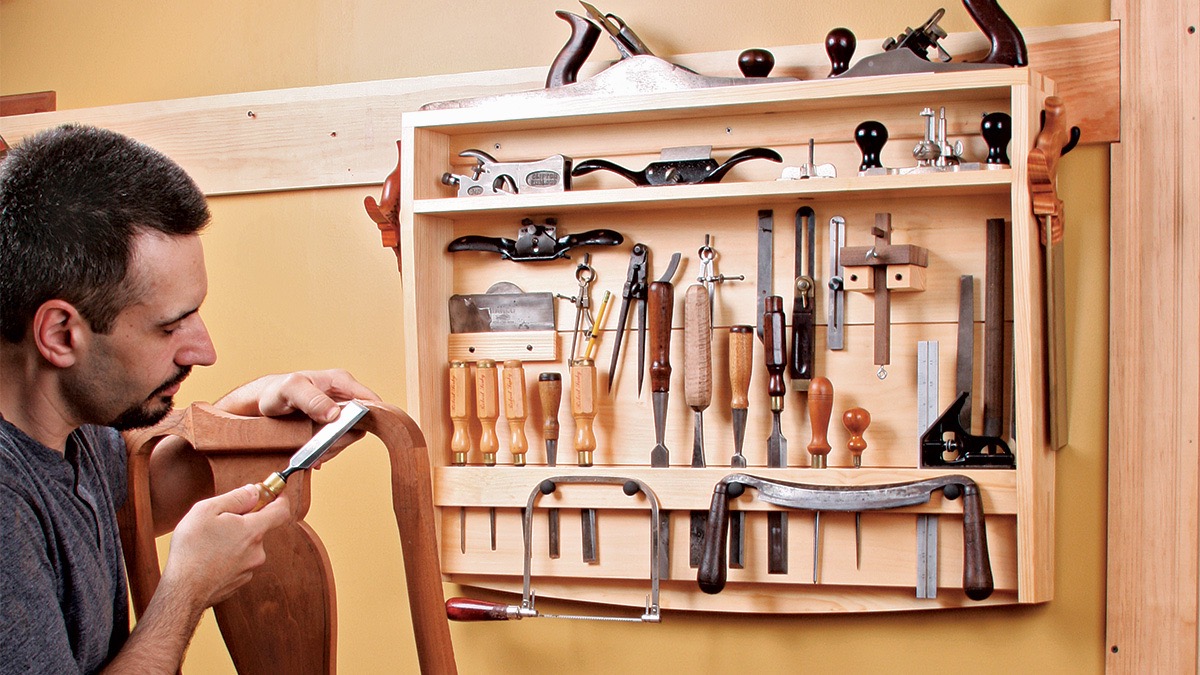
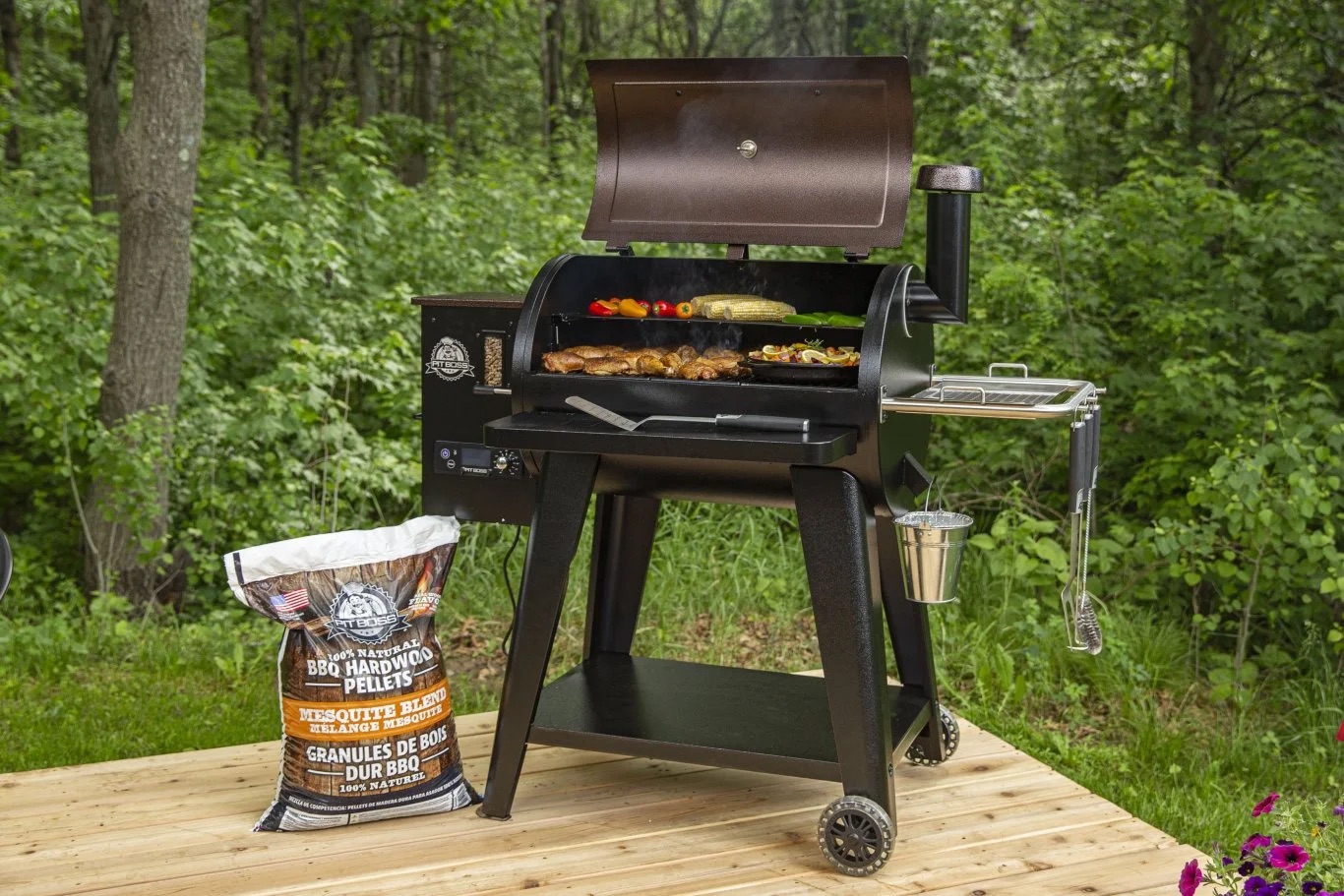

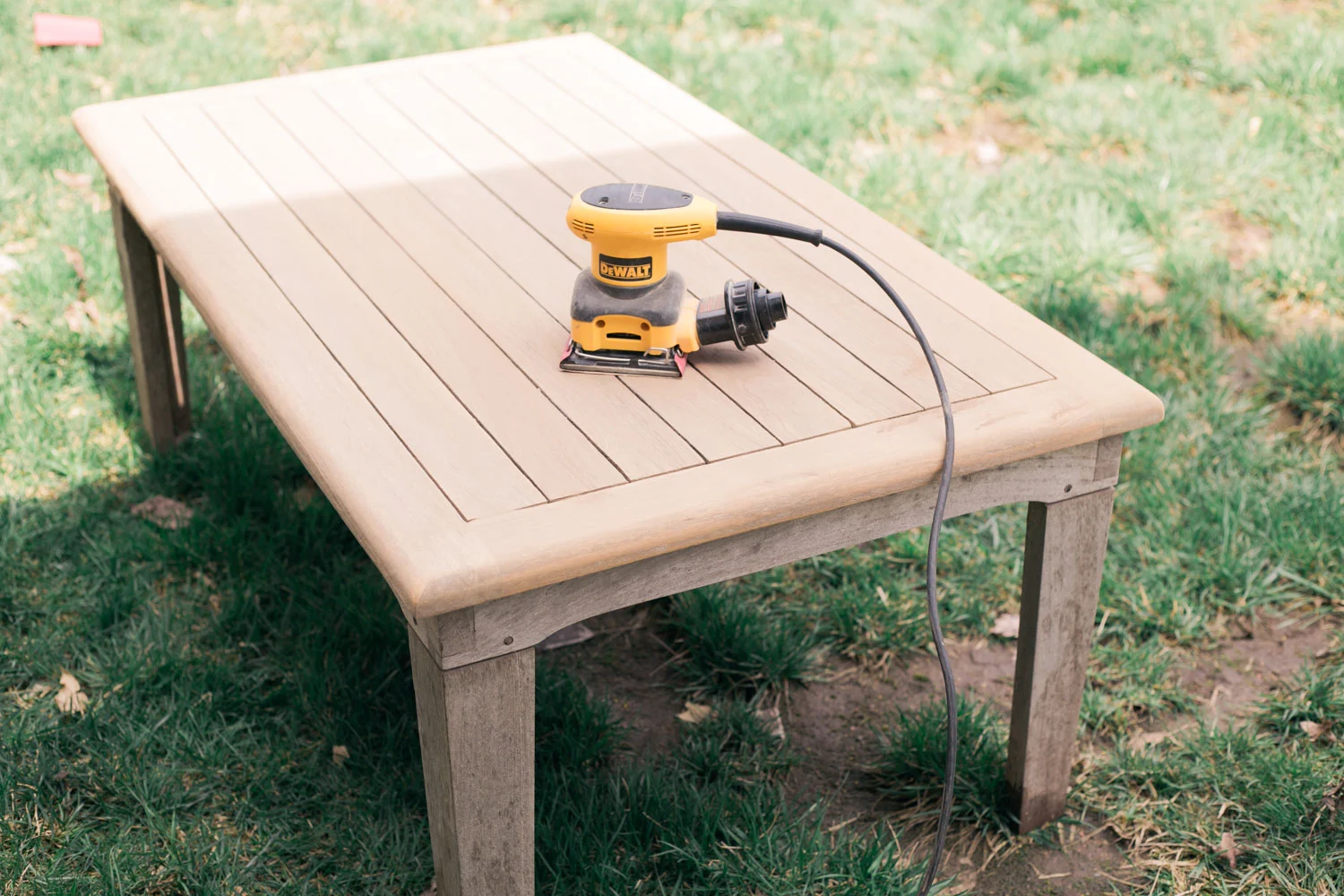
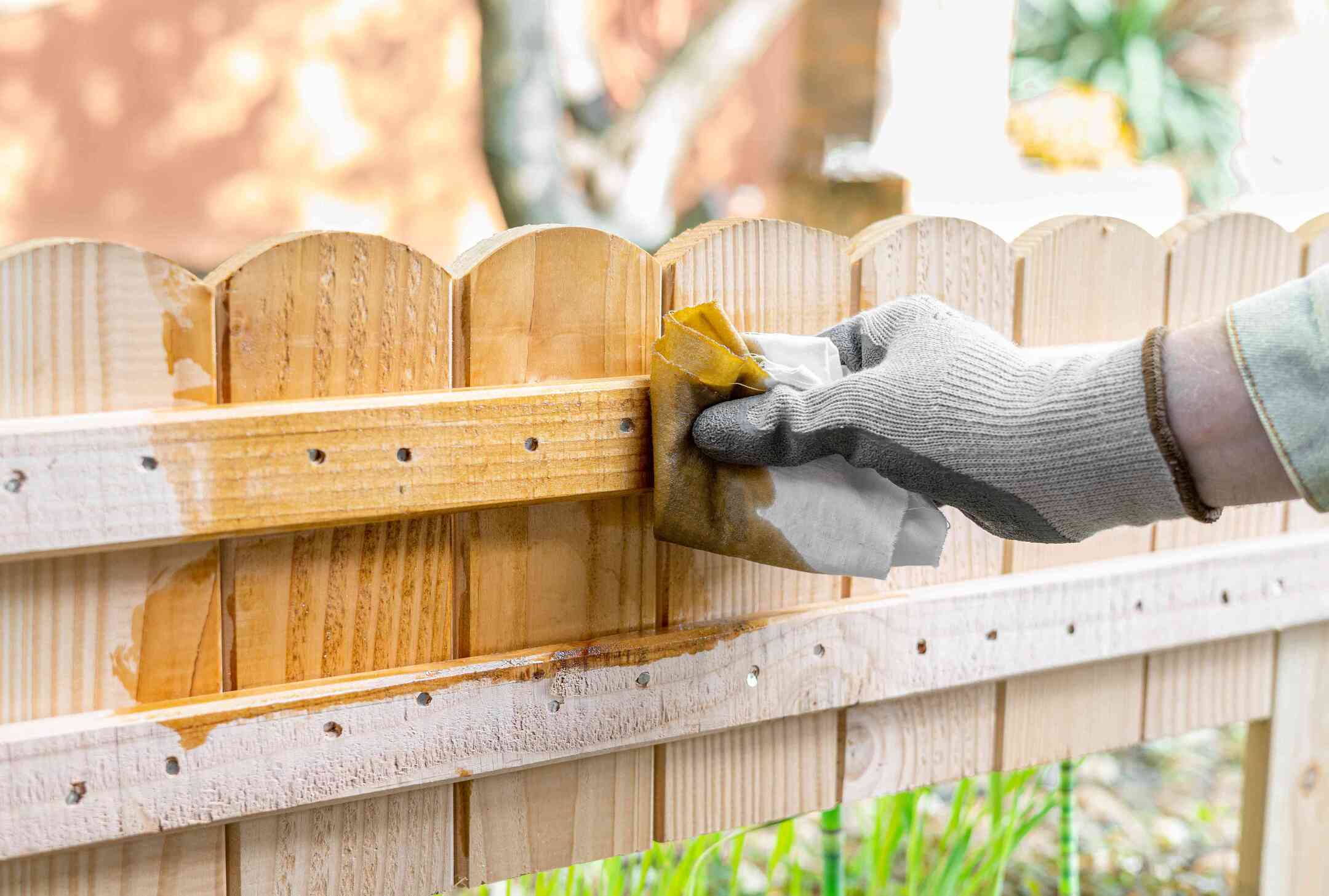
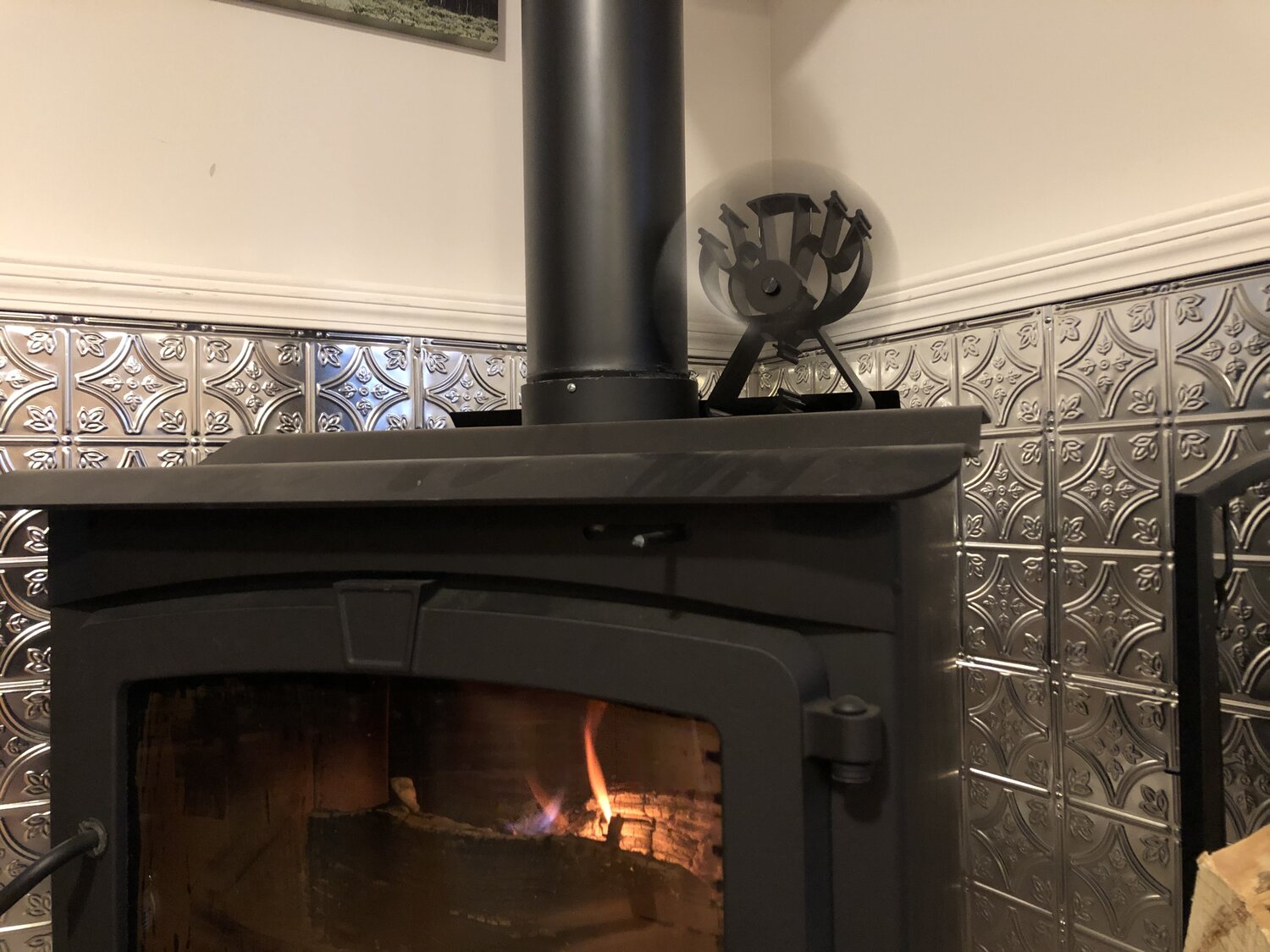
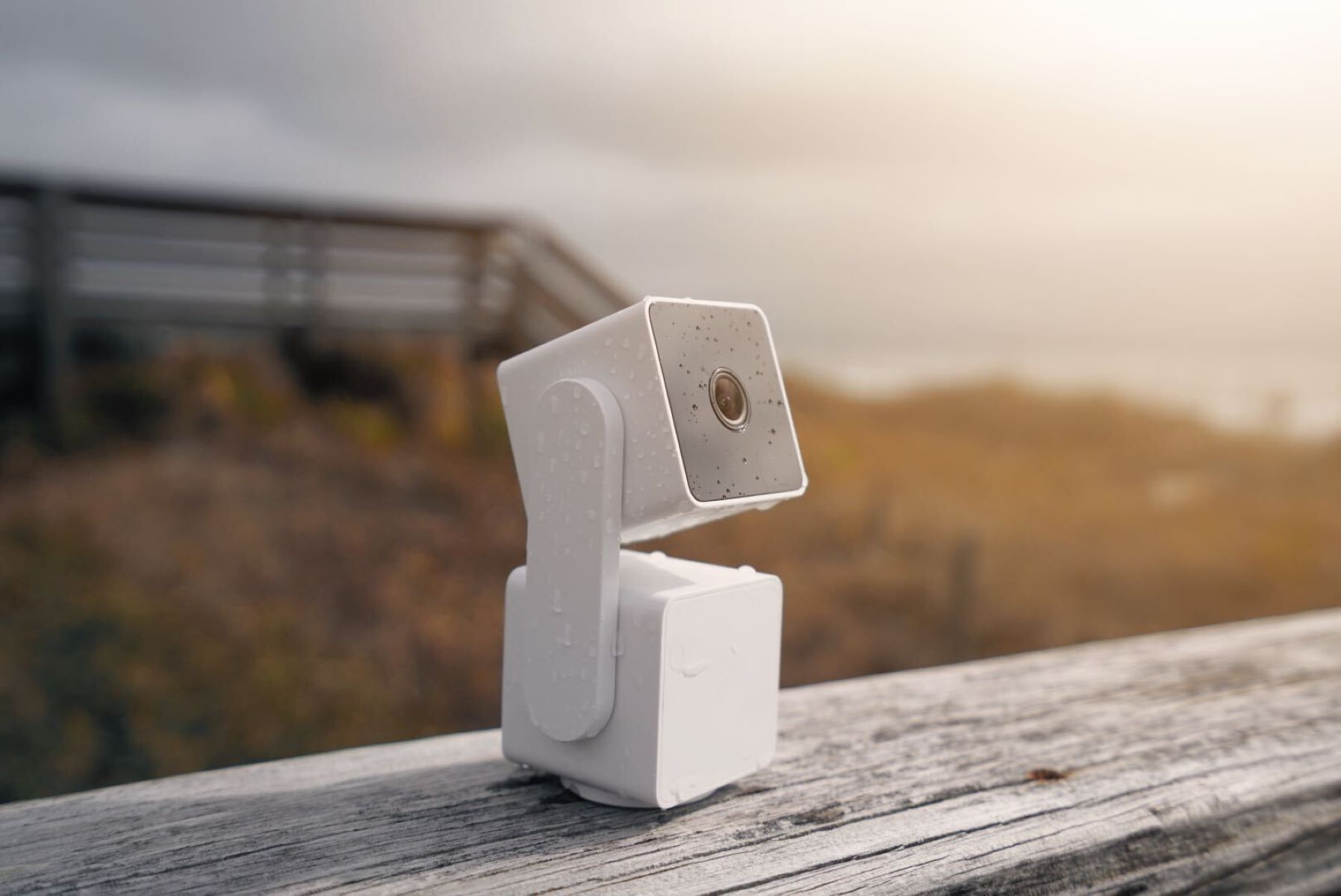
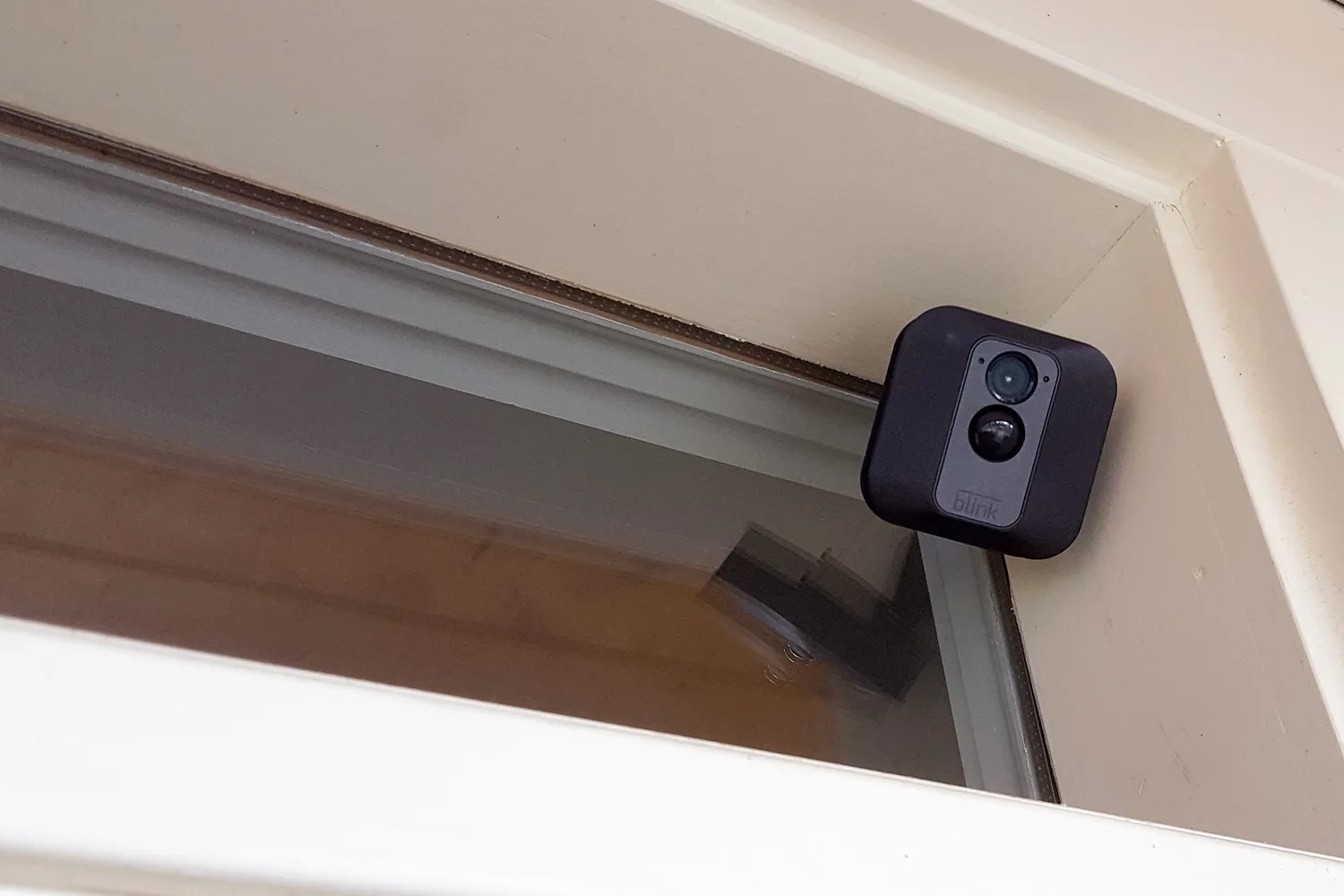
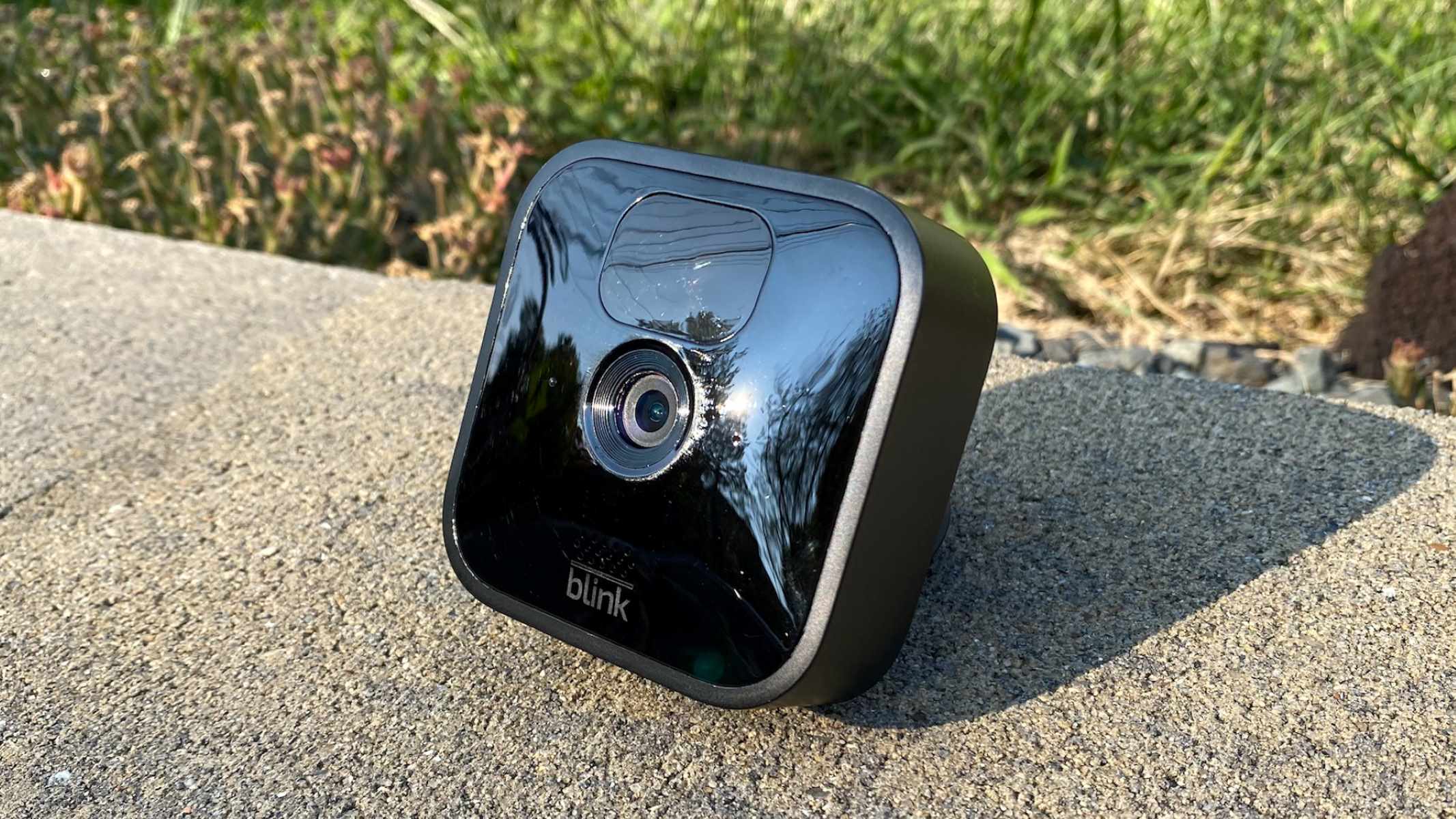


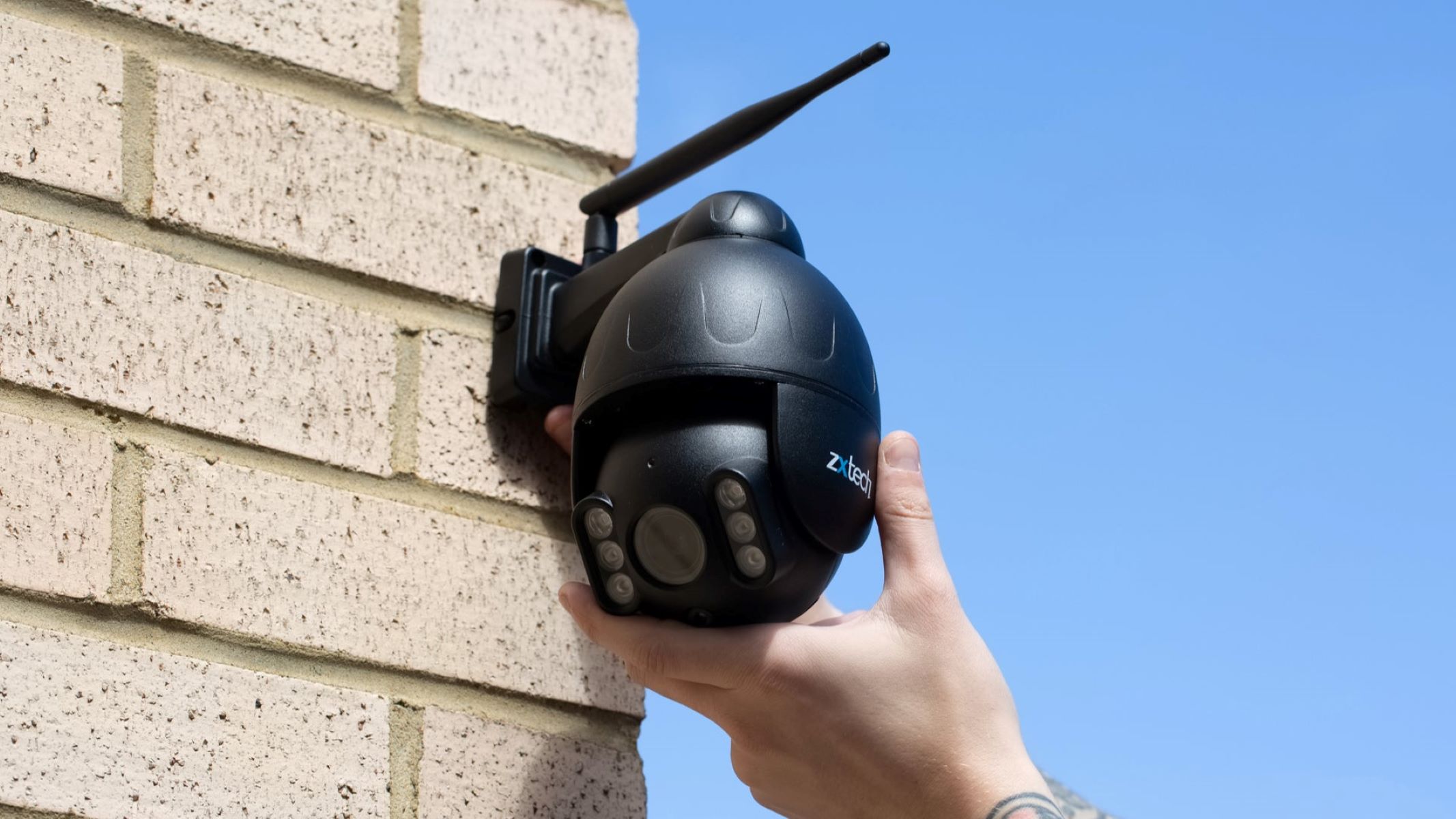

0 thoughts on “How Does An Outdoor Wood Boiler Work”